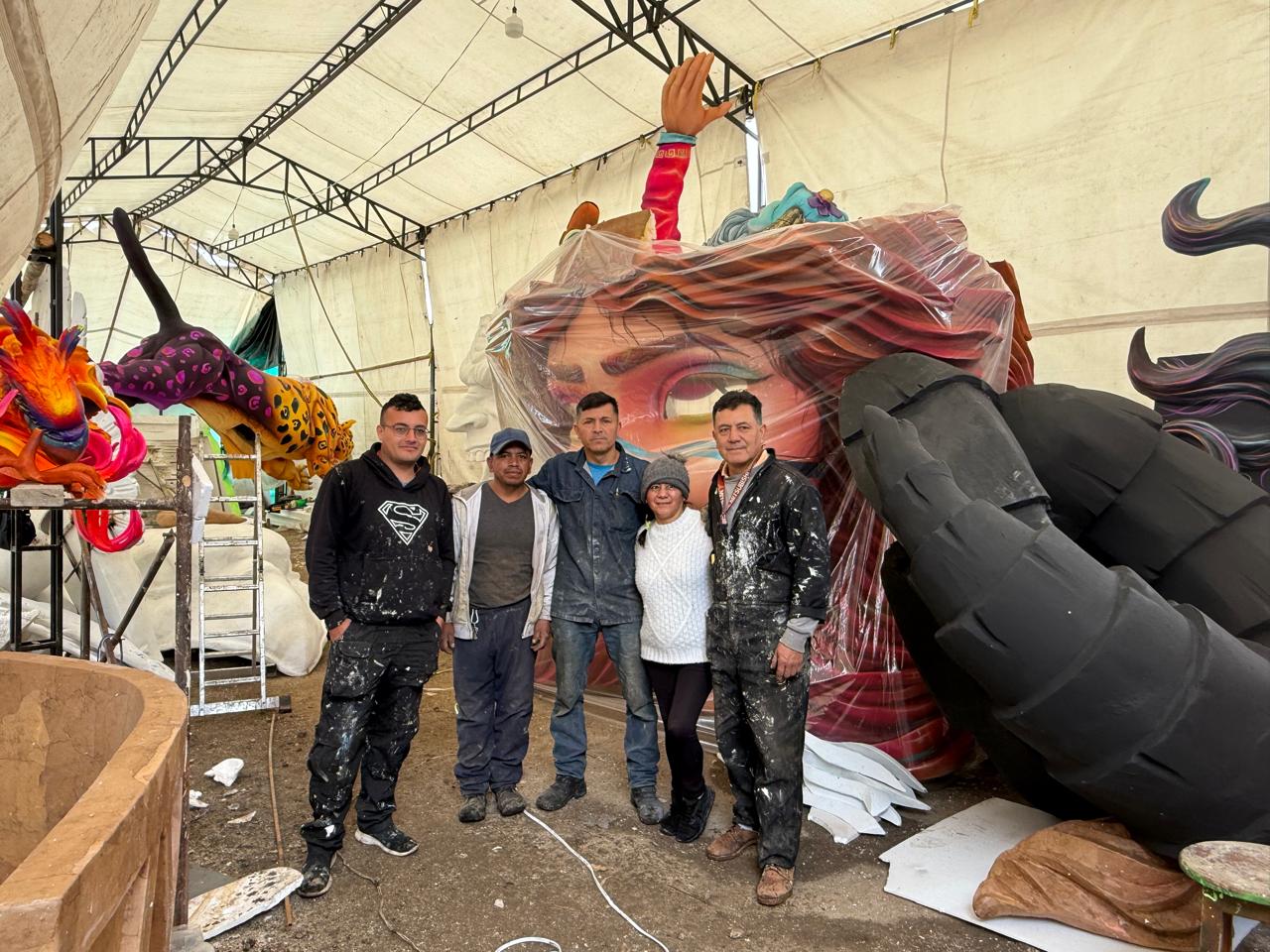
"Good will" saves the Thyssens from their ties to Nazism again
After 15 years of legal battles between a family from California and the Thyssen-Bornemisza Museum in Madrid, the Pissarro stolen by the Nazis will remain in…
Baron Hans Heinrich von Thyssen-Bornemisza, an art collector based in Spain and nephew of the German industrialist who financed the Nazi Party in its early years, did not live long enough to defend himself from the controversy that has been shaking the art world for more than a decade and was settled a week ago when the San Francisco Court of Appeals ruled the famous Pissarro painting stolen by the Nazis was finally going to stay in Spain.
The Rue Saint-Honoré in the afternoon, Effect of rain, valued today at $30 million and belonging to the Thyssen collection, now owned by Spain, has a history with as many clouds as the day depicted on the Impressionist painter's canvas.
It began with Lilly Cassirer, a Berlin woman of Jewish origin who had to sell the painting for about $355 to the Nazis in 1939 to pay her visa and flee Germany. The Nazis stole many pieces of priceless art. In fact, the Pissarro family made a list of the artist's works stolen by Hitler.
The Cassirers never forgot the work, nor the Nazi horror — Lilly Cassirer's sister Hannah died in a concentration camp. Since their American exile, the family tried in every way to recover it. Lilly even filed a lawsuit in 1958 with the German government and obtained compensation of about $72,000. But not the coveted Pissarro, that seemed to have been swallowed up by the Earth.
Spain had pledged to return the works of art stolen by the Nazis.
This is when Hans Heinrich von Thyssen-Bornemisza, better known as Baron Thyssen, enters the story. In 1976, the baron bought the Rue Saint-Honoré in the afternoon from the Stephen Hanh Gallery in New York, took it to Switzerland and exhibited it in numerous magazines. Later, in 1993, the Thyssen collection passed into the hands of the Spanish state, where the painting is exhibited to this day in the well-known Thyssen-Bornemisza Museum in Madrid.
A friend of the Cassirer family visits the museum, discovered the stolen work and informed the family. From that moment on, the Cassirers are fighting again to recover the painting stolen by the Nazis. The legal battle has taken them 15 years, during which Claude, Lilly's grandson, has taken over the battle.
Not only had Spain signed several treaties, such as the Washington Principles, by which any work resulting from Nazi pillage had to be returned to its rightful owners, but the Foundation began to take refuge in a legal fringe that was resolved last year, when the California Court of Appeals ruled in favor of the Thyssen: Did Baron Thyssen know or not in 1976 that he was buying art stolen by the Nazis? It was based on what is known in legal terminology as the "principle of good will."
According to the plaintiffs, the baron, a great connoisseur of art, had to look at some labels torn from the paintings — the Nazis used to erase the traces of their looting by removing the labels. On one of them, you could read the address of the Cassirers' gallery in Berlin. Likewise, the lawyer David Boies, who handled the case, made another, more serious argument: "The baron, a sophisticated art collector involved in the crimes of the Nazis, undoubtedly knew what he was buying. Art stolen by the Nazis," was the claim.
The Cassirers' lawyer was referring to a matter that is still avoided in certain circles today. The Thyssen family's historical relationship with the Nazi regime, which Fritz Thyssen himself acknowledged in his memoirs, even if he tried to rely in some way on his "good will."
RELATED CONTENT
"I supported Hitler and his party. Hitler deceived me, just as he has deceived the German people and all men of good will," confessed the wealthy German industrialist in the opening of his memoirs, acknowledging that he had financed the Führer's party until 1938 and maintained a friendship of convenience with him.
For statements of this kind, Thyssen, who before the war had already broken his ties with Hitler and was considered an enemy of the regime — he had even been in a concentration camp — escaped criminal convictions for having financed the Nazis, but had to financially compensate its victims.
"I supported Hitler and his party," Fritz Thyssen.
However, he could not deny the dismissal of his Jewish workers from their factories under Nazi laws, which he himself upheld in his fierce struggle against the advance of communism.
Now that society is trying to reconstruct a memory that is not only the narrative of the victors and the statues of heroes that did not fall, everyone, and not just the dead should settle their accounts with history. Especially those who have come out of their gaps and torn labels.
Call it a closed case, but if the paintings are, as the poets say, "doors and windows," the stolen Pissarro is a "door half-opened" and should at least appear in the museum next to a sign that reads: "Work stolen by the Nazis from the Cassirer family, victim of the Holocaust."
There is neither good nor bad will in this, simply the truth.











LEAVE A COMMENT: